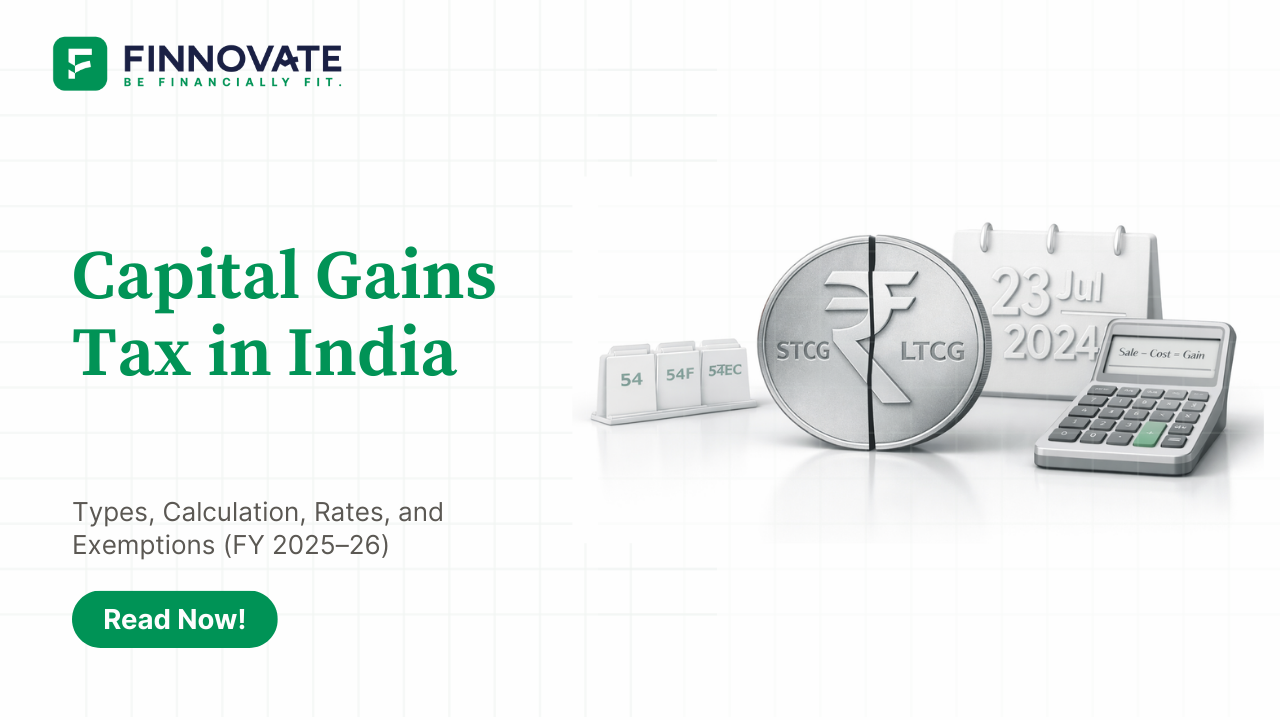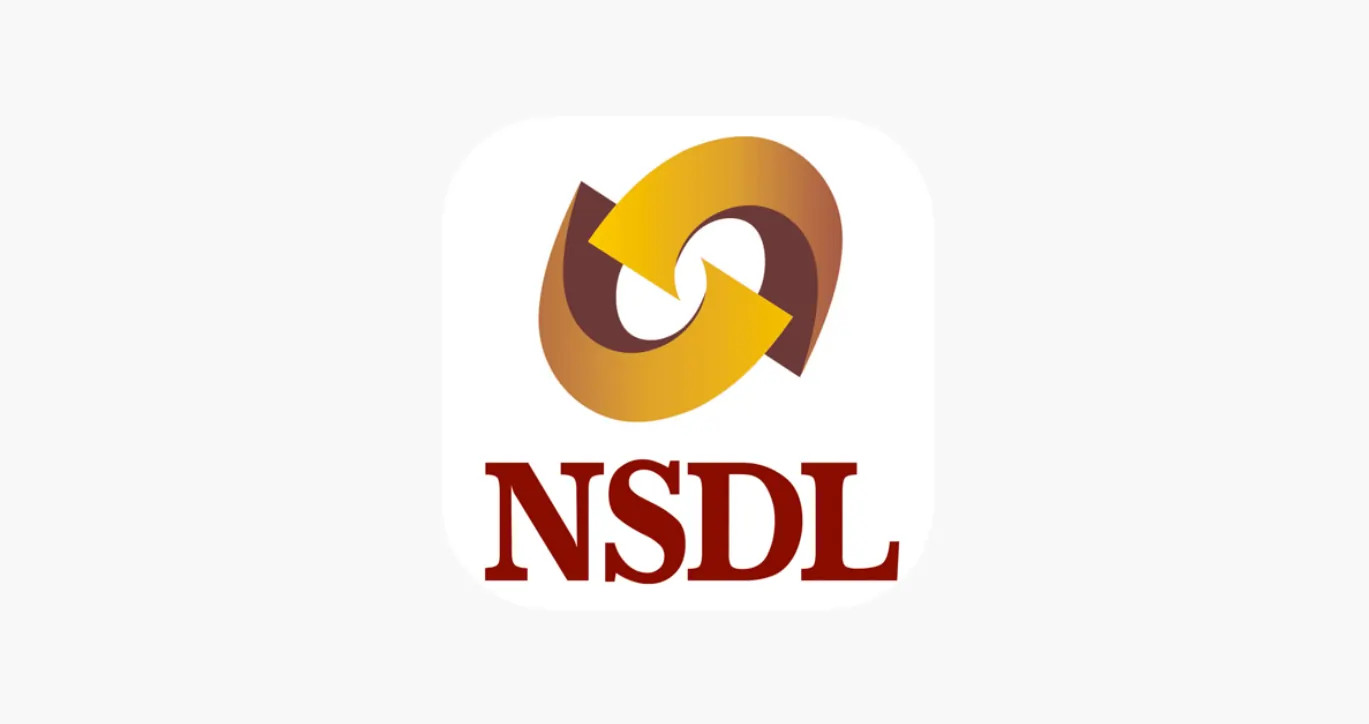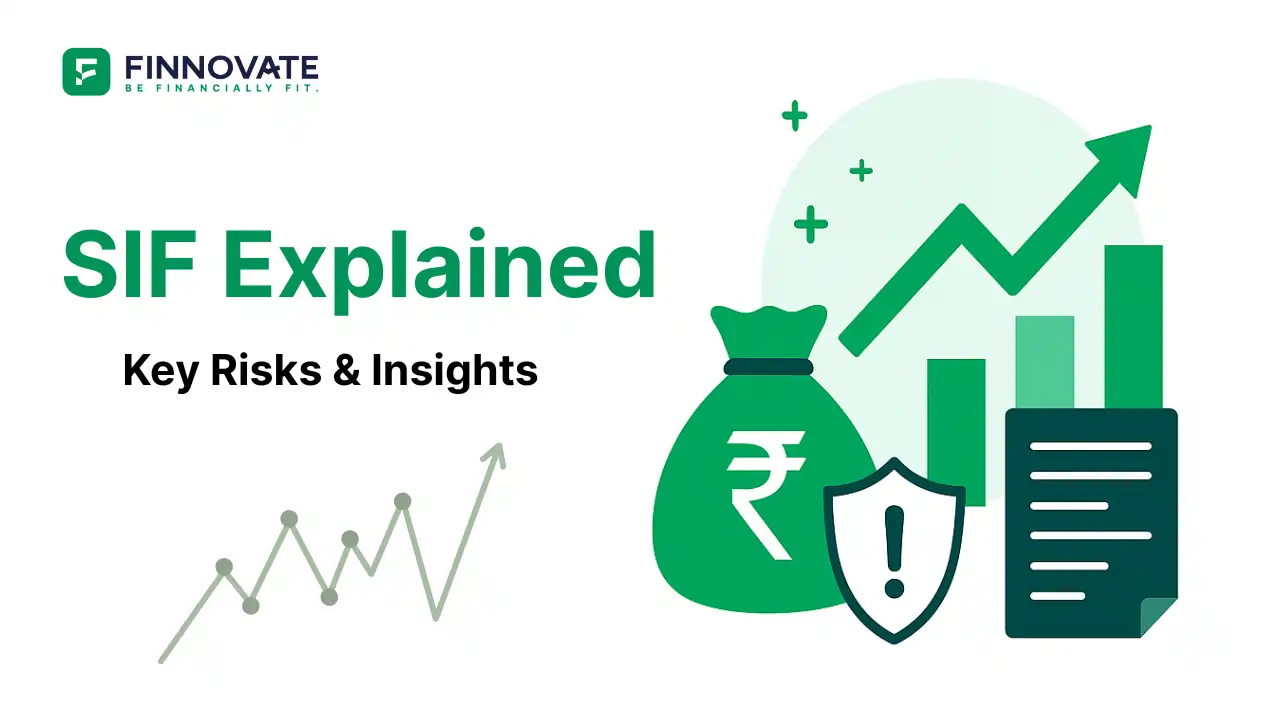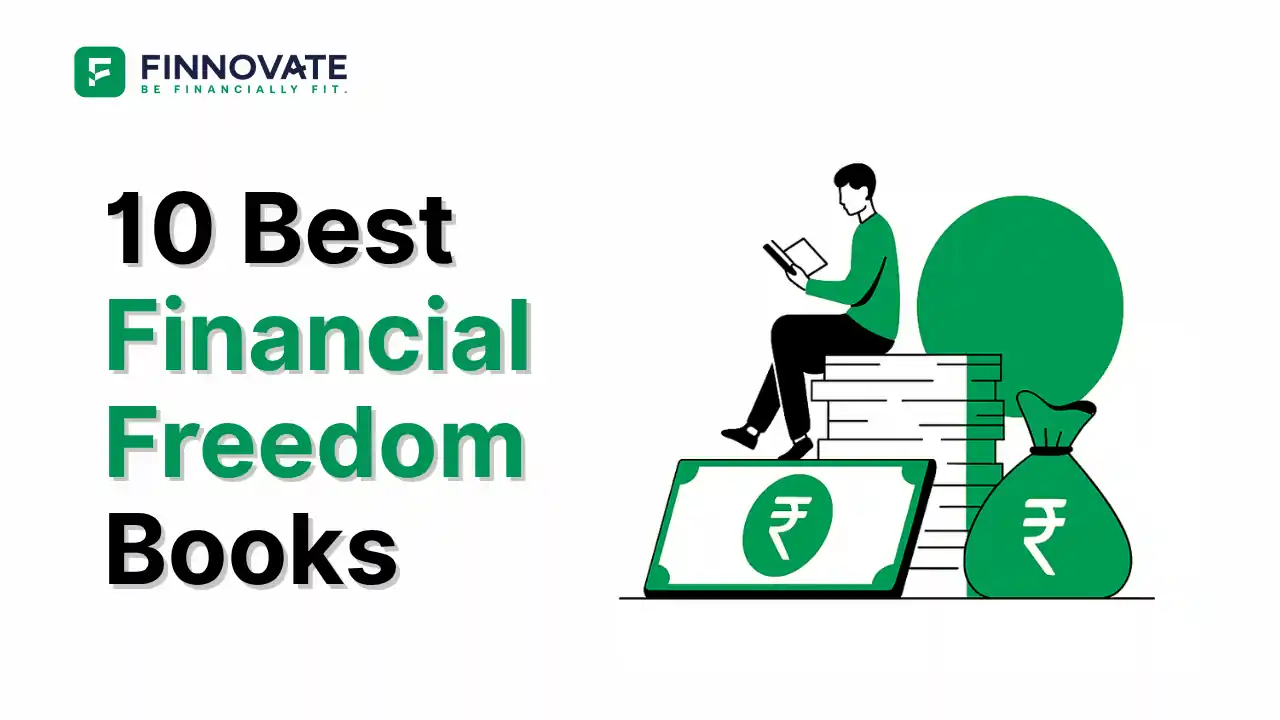
Capital Gains Tax in India: Types, Rates, Calculation & Exemptions (FY 2025–26)
Capital gains in India explained: holding period, tax rates, calculation formula, and exem...
1) Scenario 1: I am 25 years of age. My basic salary is Rs 20,000, I want to utilise 12% limit of my EPF contribution. I am expecting 5% salary increment every year. I want to retire at 60. What will be my EPF retirement corpus?
It is assumed that the
employee contributes 12% of basic and employer matches it. Interest rate on EPF
for FY24 at 8.25% has been considered.
|
Details |
Total Amount |
Total Amount |
|
Basic Salary |
Rs20,000 |
Rs20,000 |
|
Employee PF
Contribution 12% |
Rs2,400 |
Rs2,400 |
|
Employer PF Share 3.67%
# |
Rs734 |
Rs734 |
|
Total EPF Monthly
Contribution |
Rs3,134 |
Rs3,134 |
|
Contribution Period |
35 Years |
25 Years |
|
Annual CAGR Yield |
8.25% |
8.25% |
|
Annual EPF step-up |
5% |
5% |
|
Your Contribution |
Rs33.97 lakhs |
Rs17.95 lakhs |
|
Final Corpus |
Rs129.89 lakhs |
Rs47.80 lakhs |
|
Wealth Creation Ratio |
3.82X |
2.66X |
# Employer puts 12%, but
8.33% goes to pension and 3.67% to EPF
In the above
illustration, the 35 years tenure of EPF creates a sizable corpus of Rs1.30
crore, although the rate of interest is just 8.25%. However, it must be noted
that, apart from the Section 80C exemption, the interest earned is fully tax
free up to 12% contribution. If you factor these into the respective tax
brackets, then the post tax equivalent yield should be much higher.
Incidentally, if the EPF contribution had started 10 years late, there is a
sharp two-thirds fall in final corpus and even the wealth creation ratio is
down sharply.
2)
Scenario 2: I am 25 years
of age. My basic salary is Rs 30,000, I want to utilise 12% limit of my EPF
contribution. I am expecting 5% salary increment every year. I want to retire
at 60. What will be my EPF retirement corpus?
In this scenario, once
again, we assume that the employee contributes 12% of basic and employer
matches it. Interest rate on EPF for FY24 at 8.25% has been considered.
|
Details |
Total Amount |
Total Amount |
|
Basic Salary |
Rs30,000 |
Rs30,000 |
|
Employee PF Contribution
12% |
Rs3,600 |
Rs3,600 |
|
Employer PF Share 3.67%
# |
Rs1,101 |
Rs1,101 |
|
Total EPF Monthly
Contribution |
Rs4,701 |
Rs4,701 |
|
Contribution Period |
35 Years |
25 Years |
|
Annual CAGR Yield |
8.25% |
8.25% |
|
Annual EPF step-up |
5% |
5% |
|
Your Contribution |
Rs50.95 lakhs |
Rs26.92 lakhs |
|
Final Corpus |
Rs194.83 lakhs |
Rs71.70 lakhs |
|
Wealth Creation Ratio |
3.82X |
2.66X |
# Employer puts 12%, but
8.33% goes to pension and 3.67% to EPF
In the above
illustration, the 35 years tenure of EPF creates a sizable corpus of Rs1.95
crore, although the rate of interest is just 8.25%. In the case of EPF, it must
be noted that, apart from the Section 80C exemption, the interest earned on EPF
is fully tax free up to 12% contribution. If you factor these into the
respective tax brackets (20% or 30%), then the pre-tax equivalent yield should
be much higher. Here again the gains of starting early are evident. Another
point to note is that the higher contribution has given a significant boost to
the eventual corpus.
3) Scenario 3: I am 25 years of age. My basic salary is Rs
50,000, I want to utilise 12% limit of my EPF contribution. I am expecting 5%
salary increment every year. I want to retire at 60. What will be my EPF
retirement corpus?
Here also we assume that
the employee contributes 12% of basic and employer matches it. Interest rate on
EPF for FY24 at 8.25% has been considered.
|
Details |
Total Amount |
Total Amount |
|
Basic Salary |
Rs50,000 |
Rs50,000 |
|
Employee PF
Contribution 12% |
Rs6,000 |
Rs6,000 |
|
Employer PF Share 3.67%
# |
Rs1,835 |
Rs1,835 |
|
Total EPF Monthly
Contribution |
Rs7,835 |
Rs7,835 |
|
Contribution Period |
35 Years |
25 Years |
|
Annual CAGR Yield |
8.25% |
8.25% |
|
Annual EPF step-up |
5% |
5% |
|
Your Contribution |
Rs84.92 lakhs |
Rs44.87 lakhs |
|
Final Corpus |
Rs324.72 lakhs |
Rs119.50 lakhs |
|
Wealth Creation Ratio |
3.82X |
2.66X |
# Employer puts 12%, but
8.33% goes to pension and 3.67% to EPF
It is evident that even when you make a small increase in the monthly contribution to your PPF account, the eventual impact on the final corpus is substantial. Also, these calculations underline the fact that the key is to start early and stay invested for a long time.
A generic quote on what
is the advantage of contributing to EPF?
In any retirement plan, it is the post-tax returns that matter, and the EPF brings some amazing advantages like matching employer contribution, tax exemption on EPF contribution, tax-free interest, and zero-tax liability on the final redemption of EPF. Apart from the wealth it creates in absolute terms over long periods of time, the EEE (exempt, exempt, exempt) status of EPF makes it doubly attractive in pre-tax equivalent terms.
Should I exhaust the 12%
EPF contribution limit? Or, I should just contribute Rs 1,800, and invest the
rest of the money in a market-linked programme?
EPF is a unique investment with 8.25% government guaranteed returns. This is the one product where the employer also makes matching contribution and yet interest is tax free. One can look at market linked products, after exhausting the 12% of (Basic + DA) limit for EPF. The table below shows how the returns of EPF will look in pre-tax equivalent terms under 2 scenarios; when in 20% tax bracket and when in 30% tax bracket. For simplicity, cess, surcharge are ignored.
|
Details |
If you are in |
If you are in |
|
EPF Contribution in
FY24 |
Rs1,00,000 |
Rs1,00,000 |
|
Tax Shield on EPF
contribution |
Rs20,000 |
Rs30,000 |
|
Net Effective
Investment (A) |
Rs80,000 |
Rs70,000 |
|
Rate of Interest on EPF
(Tax-Free) |
8.25% |
8.25% |
|
Tax shield on interest
income |
20% |
30% |
|
Effective EPF Interest
(pre-tax) |
10.3125% |
11.7857% |
|
Pre-tax equivalent
Interest Earned (B) |
Rs10,313 |
Rs11,786 |
|
Effect Yield in pre-tax equivalent terms (A/B) |
12.89% |
16.97% |
Popular now

Learn how to easily download your NSDL CAS Statement in PDF format with our step-by-step g...

Explore what Specialised Investment Funds (SIFs) are, their benefits, taxation, minimum in...

Learn How to Download Your CDSL CAS Statement with our step-by-step guide. Easy instructio...

Looking for the best financial freedom books? Here’s a handpicked 2026 reading list with...